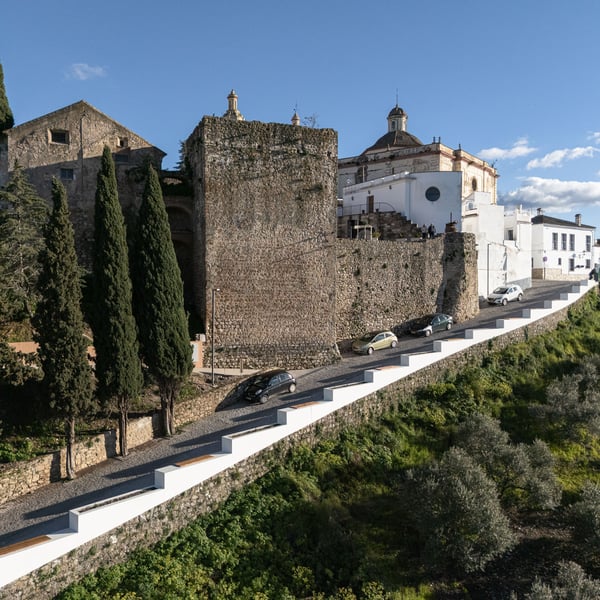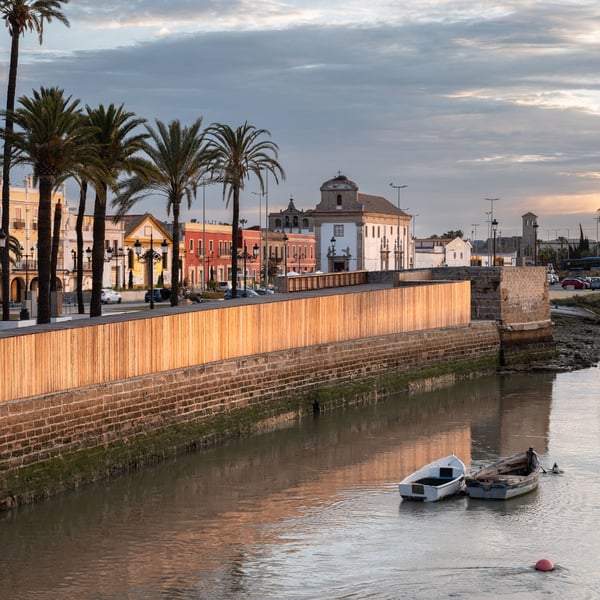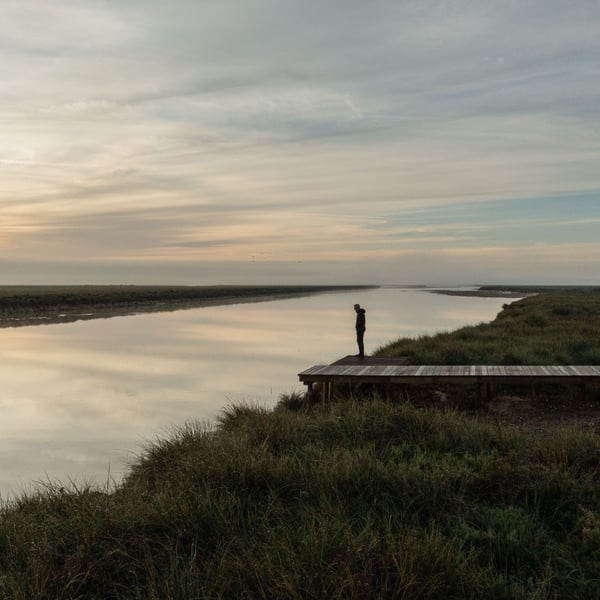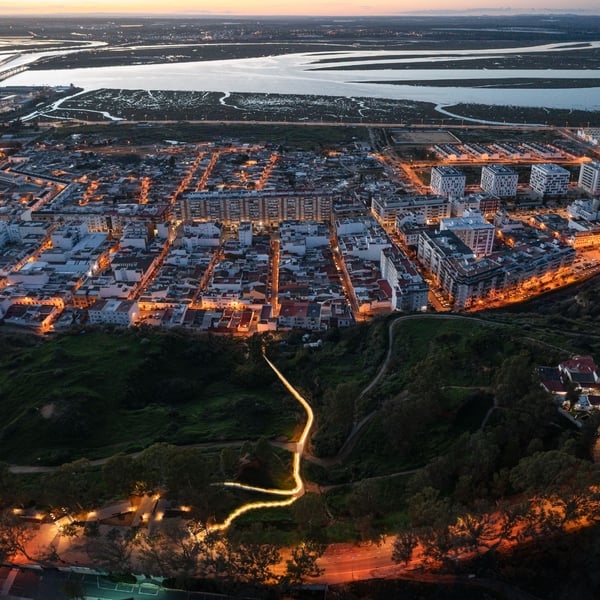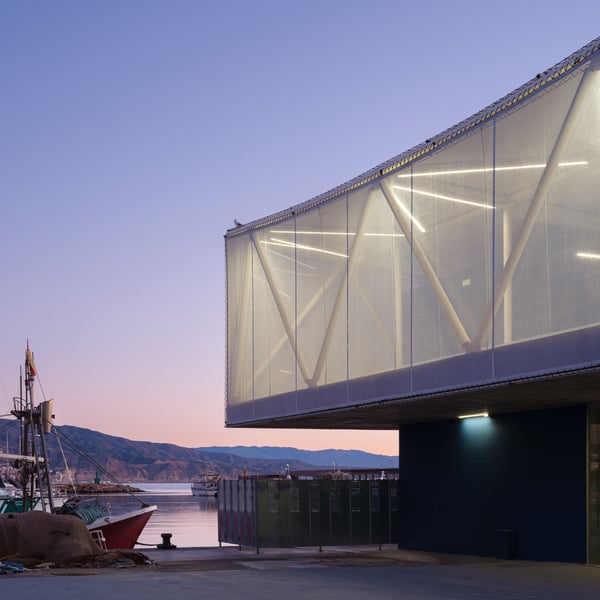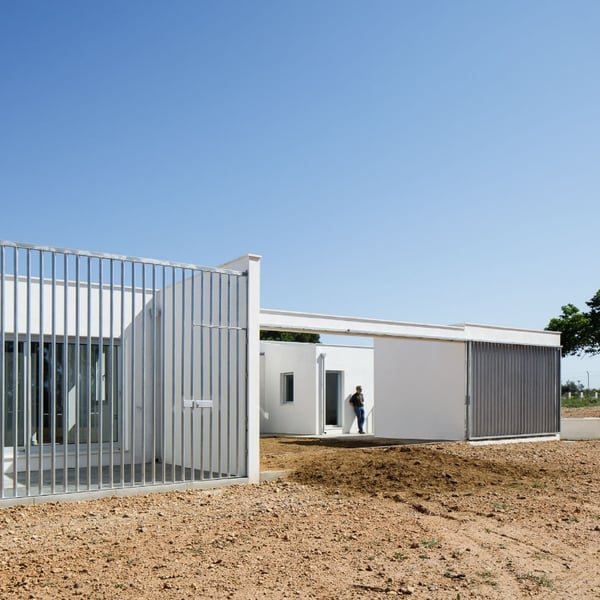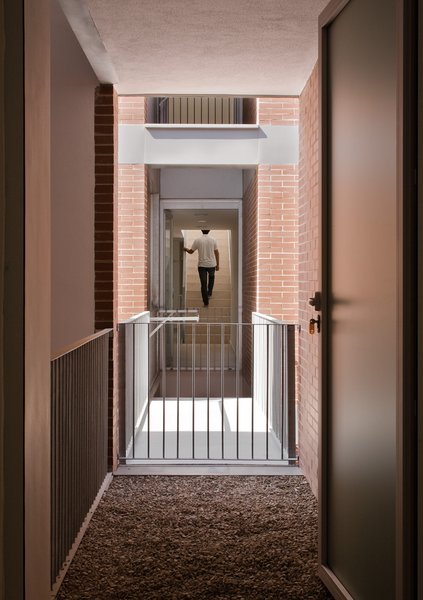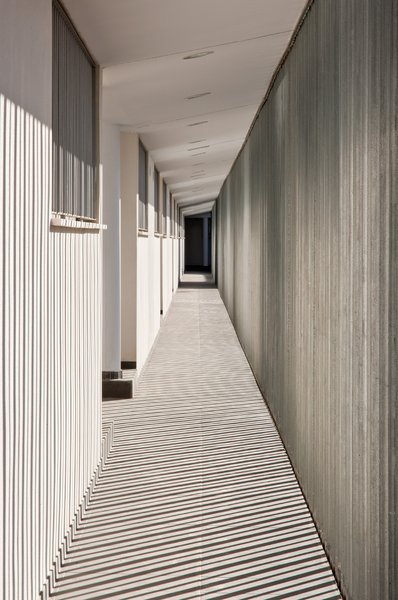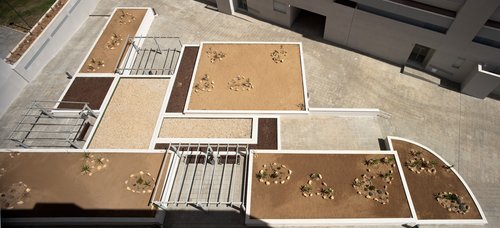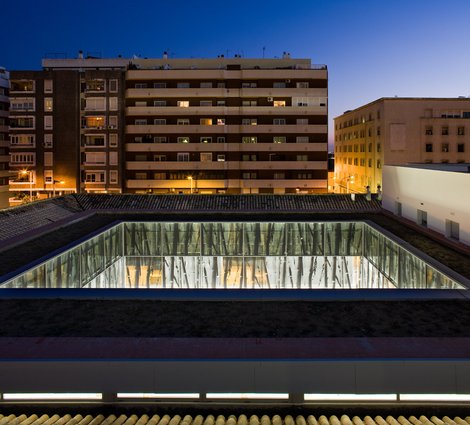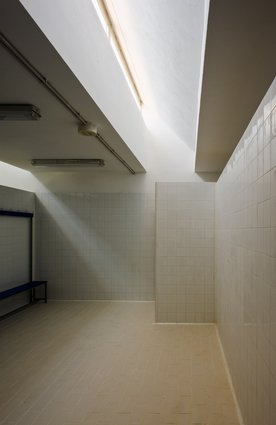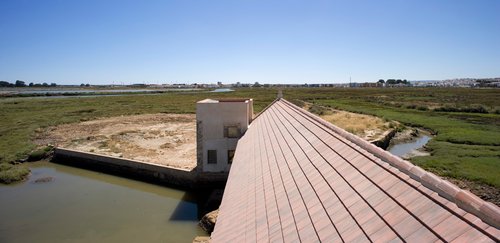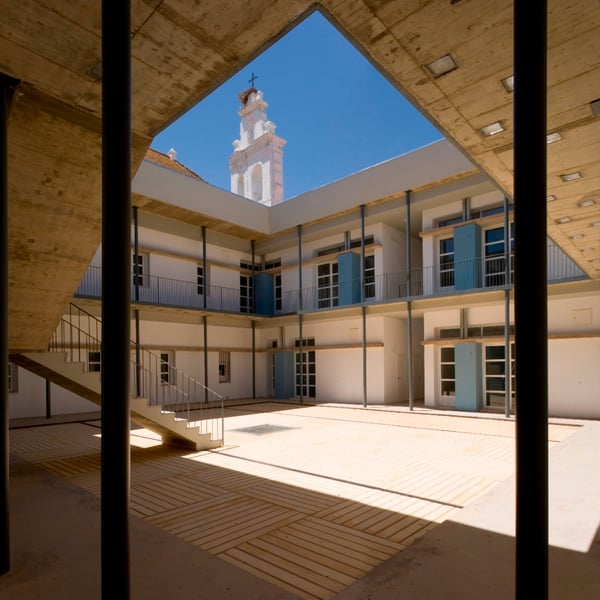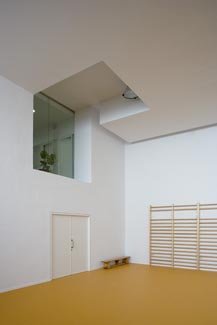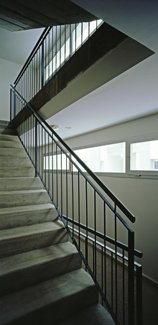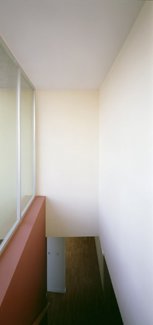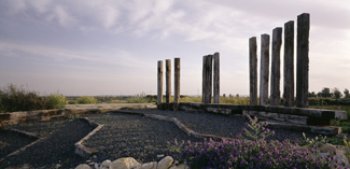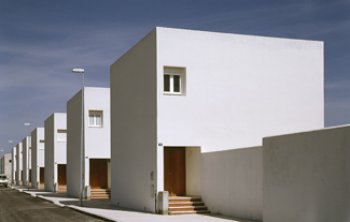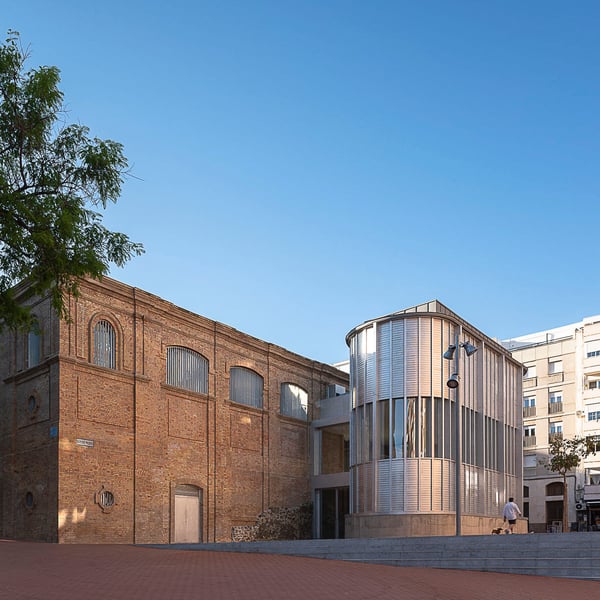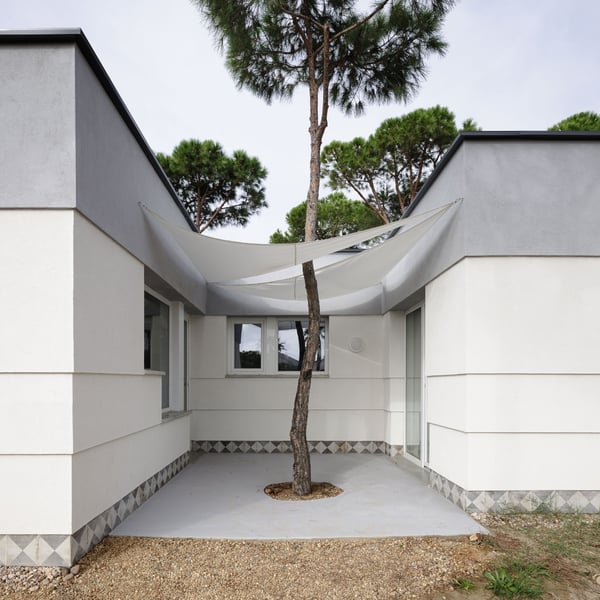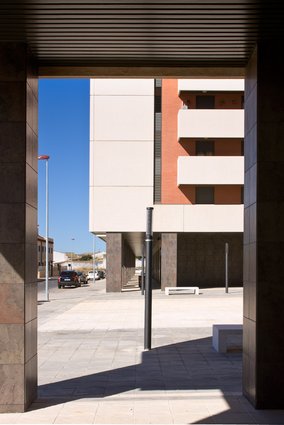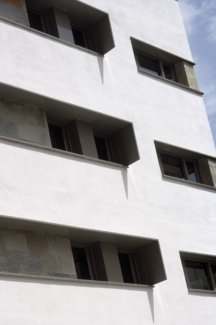.
Architecture
 Ref: 9622_01
Ref: 9622_01  Ref: 9622_02
Ref: 9622_02  Ref: 9622_03
Ref: 9622_03  Ref: 9622_04
Ref: 9622_04  Ref: 9622_05
Ref: 9622_05  Ref: 9622_06
Ref: 9622_06  Ref: 9622_07
Ref: 9622_07  Ref: 9622_08
Ref: 9622_08  Ref: 9622_09
Ref: 9622_09  Ref: 9622_10
Ref: 9622_10  Ref: 9622_11
Ref: 9622_11  Ref: 9622_12
Ref: 9622_12  Ref: 9622_13
Ref: 9622_13  Ref: 9622_14
Ref: 9622_14  Ref: 9622_15
Ref: 9622_15  Ref: 9622_16
Ref: 9622_16  Ref: 9622_17
Ref: 9622_17  Ref: 9622_18
Ref: 9622_18  Ref: 9622_19
Ref: 9622_19  Ref: 9622_20
Ref: 9622_20  Ref: 9622_21
Ref: 9622_21  Ref: 9622_22
Ref: 9622_22  Ref: 9622_23
Ref: 9622_23  Ref: 9622_24
Ref: 9622_24  Ref: 9622_25
Ref: 9622_25  Ref: 9622_26
Ref: 9622_26  Ref: 9622_27
Ref: 9622_27  Ref: 9622_28
Ref: 9622_28  Ref: 9622_29
Ref: 9622_29  Ref: 9622_30
Ref: 9622_30 Architects
ESTUDIO ACTA / López Rivera, F. Javier / Pico Valimaña, Ramón
Collaborators
LUIS M. CORTÉS SANCHEZ Proyecto y Renders
BENJAMIN CAVACO Arqueología
PARALELO 37 Topografía
JAIME NAVARRO Instalaciones
NOMAD GARDEN Jardinería
FERNANDO ALDA Fotografía
Providers
EL BORDILLO. Bordillos
BREINCO. Pavimentos
MEBI. Asfalto coloreado y Hormigones
DELUX. Instalación eléctrica
IGUZZINI / DISUR Iluminación
RAMOS PULIDO. Fontanería.
SUMHTEC. Saneamiento y Abastecimiento de agua
ANCOMA Jardinería
KUMA Bancos de hormigón, Bancos de madera y Muros de contención
EQUYSUR Mobiliario urbano
GRAF Sistema de drenaje urbano sostenible
SOLUM Sistema fotovoltaico de recarga de patinetes
REMODELING AND PEDESTRIANIZATION OF PLAZA DE LA MERCED. HUELVA
In our Mediterranean culture, squares are part of the stage of life. Our visual memory sometimes tries to keep the scenery of the moments of our little history lived there unchanged forever, so that we can remain young, at least in our memory. Perhaps for this reason, one of the most complicated projects an architect can face is the reform of a historic public space, as is the case here, half a century after its last comprehensive intervention. But cities, like the people who inhabit them, are organisms in continuous change and their settings must adapt to new times. Otherwise, new life will not find adequate support in them and will move to the periphery. The Huelva City Council is therefore grateful for its courageous commitment to the renovation of the main urban spaces of the city through architectural competitions. The previous design of the square contained serious deficiencies in accessibility to the interior of the square and excessive division into small spaces with large slopes. But, above all, its main deficiency consisted in turning its back on the Cathedral-University SCIENCE. The objectives of the competition were precisely to solve all these problems, pedestrianising three of its side streets, achieving continuity and universal accessibility on the slopes of the entire area and achieving a large central space free of objects and facing the façade of the Cathedral-University, which would thus see its identity and historical role in the area reinforced. The Plaza de la Merced constitutes an outstanding urban, road, topographic and cultural enclave in the city, as it is located right where the topography of the Huelva hill system comes into contact with the flat area of the city and its old marshes, filled in times past. And so, the proposed green areas are presented as mounds that recall the peculiar topography of the city, while a whole system of lines and drainage surfaces for collecting rainwater recall the city's fluvial and maritime character. The proposal attempts to physically and visually link a series of limited and welcoming spaces, of a small scale and varied colours (rooms), with a large empty central space towards which they all converge, which has the Cathedral-University B.I.C. as a backdrop, and which makes possible any configuration, more or less ephemeral, with a large public presence. Today, it is more a question of equipping than of designing spaces, of providing them with the necessary support facilities that allow for a multitude of uses: sports, cultural, festive, musical, political or Christmas. In short, the square becomes a metaphor for the theatre of daily life in the city, where the central circle would be the stalls, the five perimeter rooms the upper boxes, the large empty space the stage where the action takes place and, finally, the Cathedral and the University the incomparable backdrop to the scene.
Regeneration of urban spaces in the historic centre of Olvera
Olvera (Cádiz)
Nuevo paseo fluvial en El Puerto de Santa María
El Puerto de Santa Maria (Cádiz)
Wrapping the marsh. Landscape itinerary around the north estuary of the Odiel river.
Huelva
Landscape adaptation on the cornice and slopes of El Conquero
Huelva
Fishery Terminal “Lonja de Pescado” and urban planning of the south area of the Port of Roquetas de Mar
Roquetas de Mar (Almería)
House in the country. Carmona, Sevilla
Carmona (Sevilla)
209 social housing units in Guadabajaque. Jeréz de la Frontera (Cádiz)
Guadabajaque (Cádiz)
Social housing in Torreblanca. Sevilla
Sevilla
Public Houses. El Torrejón. Huelva
El Torrejon (Huelva)
Refurbishment of the Huelva Judicial Seat
Huelva
Indoor Swimming Pool in Ayamonte
Ayamonte (Huelva)
Restauration of the Castle in Chipiona
Chipiona (Cádiz)
Tide Mill Rehabilitation for Visitors Centre
Ayamonte (Huelva)
Restoration of a Courtyard for Housing and Business Premises
Ayamonte (Huelva)
Reyes Católicos School
Cádiz
Housing
Villalba del Alcor (Huelva)
Housing in Huelva
Huelva
Restoration of Palace to create Three Houses
El Puerto de Santa Maria (Cádiz)
Public Footpath through Pine Forest of La Agaida
Parque Natural Los Toruños (Cádiz)
Housing in Doña Blanca
Doña Blanca (Cádiz)
Rehabilitation of the old Santa Fe market
Huelva
Rehabilitation of the La Rábida Institute
Huelva
Centro de Neurología Avanzada
Huelva
Wrapping the marsh. Landscape itinerary around the north estuary of the Odiel river.
Huelva
Landscape adaptation on the cornice and slopes of El Conquero
Huelva
Casa Milano
Huelva
Headquarters of Public Employment Office in Huelva
Huelva
Refurbishment of the Huelva Judicial Seat
Huelva
Housing, Warehouse and Parking Space in Marisma del Polvorín
Huelva
Block of Flats, Garages and Business Premises
Huelva
